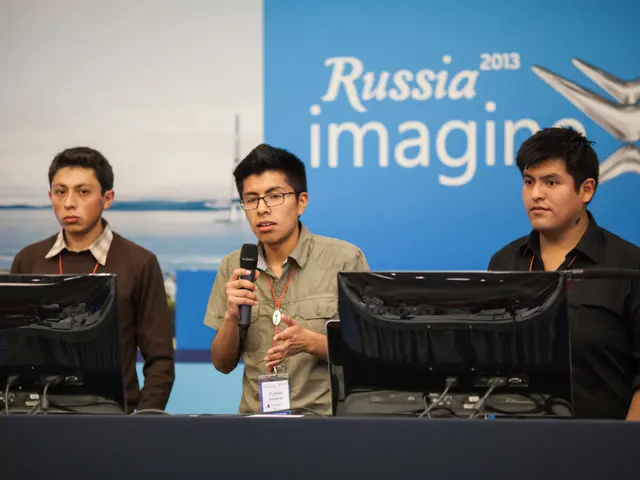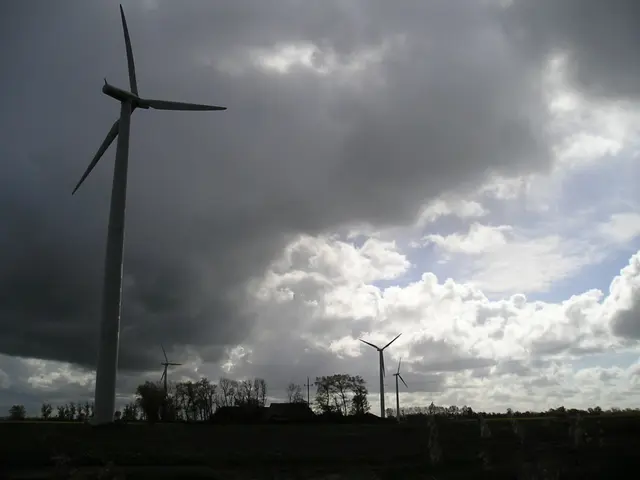Radius-Attracting WindRunner, the Lone Zes Specimen in the Sector
Fast Read
The WindRunner Project: A Game Changer in Renewable Energy Logistics
In the Made in Italy landscape, the Special Economic Zone (Zes), alongside the Ministry of Businesses and the regions Puglia, Campania, and Calabria, are working alongside the American group Radia to develop the WindRunner, a colossal cargo aircraft with a payload capacity of 72 tons, designed specially for transporting wind turbines over 105 meters long. Zes intervention is strategic due to their swift decision-making processes, allowing for potential mega-settlements and tax incentives.
The WindRunner is unlike any other aircraft, boasting a length of 108 meters, front-loading of 30-meter-long blades, an 80-meter wingspan, and a flight autonomy of 2,000 km. The project's goal is to replace the aging Antonov, tapping into a market with significant growth potential (projected to reach 10 trillion dollars by 2050).
Radia aims to produce up to 150 of these game-changing aircraft, revolutionizing the renewable energy sector by enabling the transportation of massive wind turbine components to distant areas, making wind energy production more accessible and efficient.
With cooperation from Leonardo and Magnaghi Aeronautica, the WindRunner project presents a unique opportunity for the regions of Puglia and Campania, which already possess aerospace industrial sites and have experienced a decline in exports in the first 9 months of 2024. If successful, they could witness substantial economic growth and job creation.
The site selection process involves obtaining necessary airport authorizations and ensuring suitable runway lengths – currently available in the Brindisi and Grottaglie area. The final details, such as the exact investment amounts and funding sources, are yet to be defined.
Despite the complexities and uncertainties surrounding the project, one thing is clear – the WindRunner project has the power to reshape the renewable energy landscape, making it more sustainable and feasible than ever before.
Additional Insights:- The WindRunner features advanced technologies like a front-loading design, making it suitable for delivering wind turbine components directly to wind farm sites[3][4][5].- Astronautics has been selected to provide the avionics system for the WindRunner[1][4].- Radia has collaborated with the U.S. Department of Defense to evaluate the WindRunner for military logistics purposes[5].- The WindRunner could potentially connect with the Civil Reserve Air Fleet (CRAF), further enhancing its versatility and logistical capabilities[5].- The WindRunner project aligns with global efforts to augment renewable energy capabilities, making it possible that regions like Puglia, Campania, and Calabria could be part of future expansion plans[2][5].
- The use of advanced technology in the WindRunner project, such as its front-loading design suitable for wind turbine components delivery, has the potential to revolutionize the sports of wind surfers and kitesurfers, as they could potentially tow riders over long distances with ease.
- With the economic growth and job creation expected from the WindRunner project in Puglia and Campania, there may also be a positive impact on local sports industries, fostering advancements in sports technology and perhaps even inspiring new sports initiatives that leverage renewable energy.








